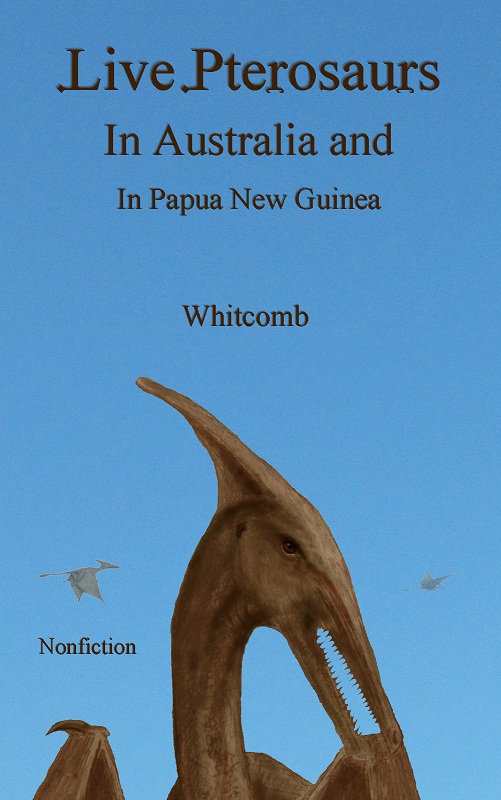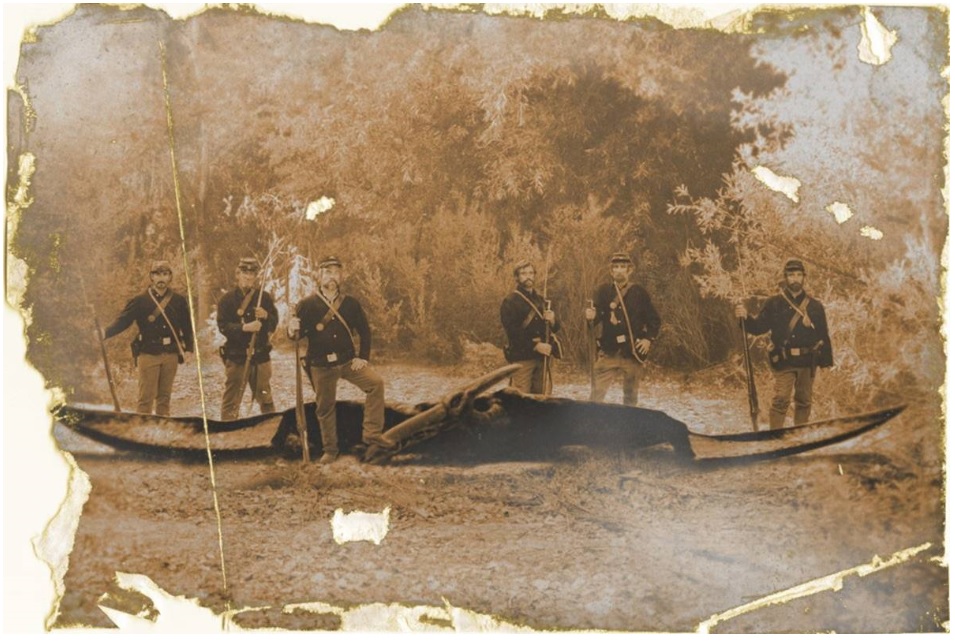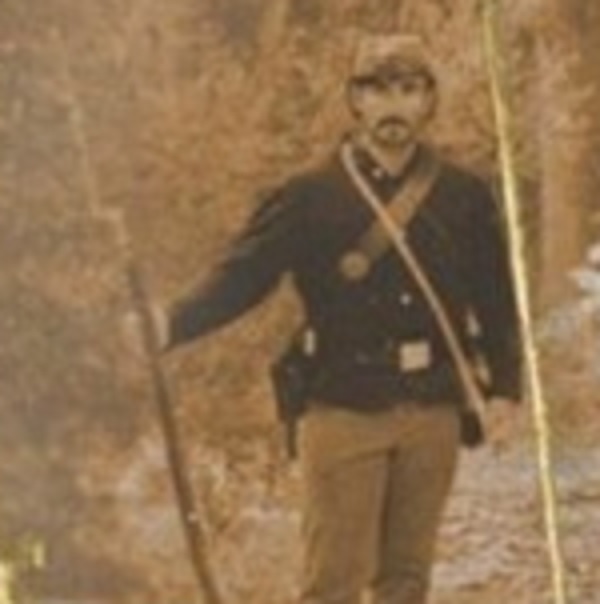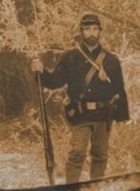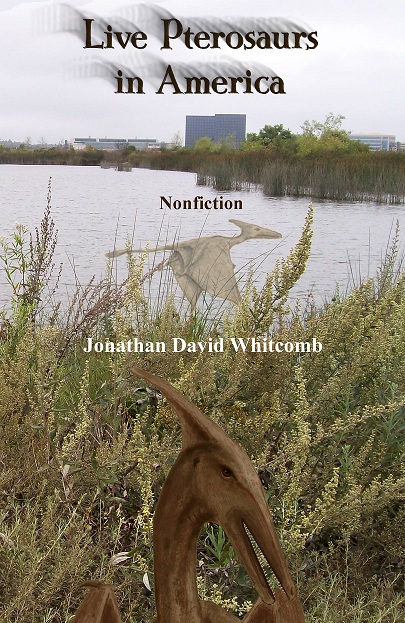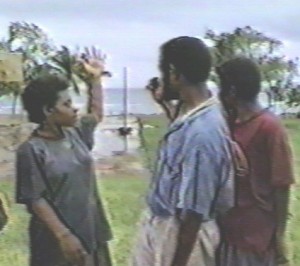By Jonathan Whitcomb, investigative journalist
The point is this: pterosaurs still living.
I’ve been investigating sightings of these flying creatures for sixteen years now, reported encounters with apparent living pterosaurs. Most of them have been in the United States. The estimated number of sightings suggests that ancient legends of dragons, seen around the world, may not have been based entirely on fictional accounts.
Various labels have been put onto these flying creatures:
- dragon, a term used anciently but also in modern times
- flying dinosaur, more common in recent generations
- pterodactyl, used from the 19th century to the present
- dinosaur bird, maybe more common in recent decades
- ropen, more common after two expeditions in 2004
- prehistoric bird, maybe more common in recent decades
I’ve received reports from a number of countries on five continents, yet most of the eyewitness reports have been from the USA, and they’re enough to now make an estimate that I believe is more accurate than my estimates in earlier years: how many Americans have seen a living pterosaur.
Sketch by the eyewitness Eskin Kuhn
Introduction to the work in cryptozoology by Jonathan Whitcomb
My associates and I have helped each other a great deal over the years, although much of our work has been independent to a great deal. We each draw our own conclusions about these amazing flying creatures, yet we agree on many things.
I’ve spent well over 10,000 hours on my own investigation, probably more time than any other person now living. I know that some skeptics may not accept the following estimates, yet I disclose them now with confidence that they’re not very far off.
Estimated Number of Sightings of Pterosaurs in the United States
How many Americans now living have seen a modern pterosaur? The persons who had significant sightings in the USA probably number at least 150,000, although only 25% of those involved good-enough views of the animals to make it reasonable for the persons to tell one or more persons about it.
In other words, 37,500 Americans have told somebody something to the effect that they saw a flying creature that appeared more like a pterosaur than a bird or a bat, and 112,500 have not told anyone about seeing something that gave them the impression that it was a pterosaur. The combinations of those two types makes 150,000 Americans with significant sightings.
Those numbers fit well with the following three factors:
If many more persons had significant sightings, like many millions of Americans, these flying creatures would have been discovered before now and I would be swamped by eyewitness reports.
If only a few thousands of Americans had encounters, I would not have so many persons sending me sighting reports.
If only a few thousands of Americans had encounters, I we would not see so many reports that included references to other eyewitnesses who also had sightings. Consider Cynthia Lee, an eyewitness in Raleigh, North Carolina; she reported her own sighting and later reported that her mother and uncle also had a sighting many years earlier.
Youtube video “Were Dragons Real?”
###
.
41 reported sightings of living pterosaurs in California
This video is mostly about seven reported sightings of huge featherless flying creatures, most of the encounters being in Southern California. Take it in context: forty-one reported encounters in California.
.
In the summer of 1891, southeast of Fresno, several eyewitnesses reported two featherless flying creatures with wingspans of fifteen feet . . . two “dragons”
.
How many persons have seen a living pterosaur?
As of early December of 2017, it seems that no scientist has a body of a recently-deceased pterosaur to examine, or at least I have no knowledge of such a discovery and examination. That’s why my associates and I continue to work in the realm of cryptozoology, using whatever knowledge is available.
.
Dragon-pterodactyl in Los Angeles County
“Apparent relationship to a Rhamphorhynchoid pterosaur”
.
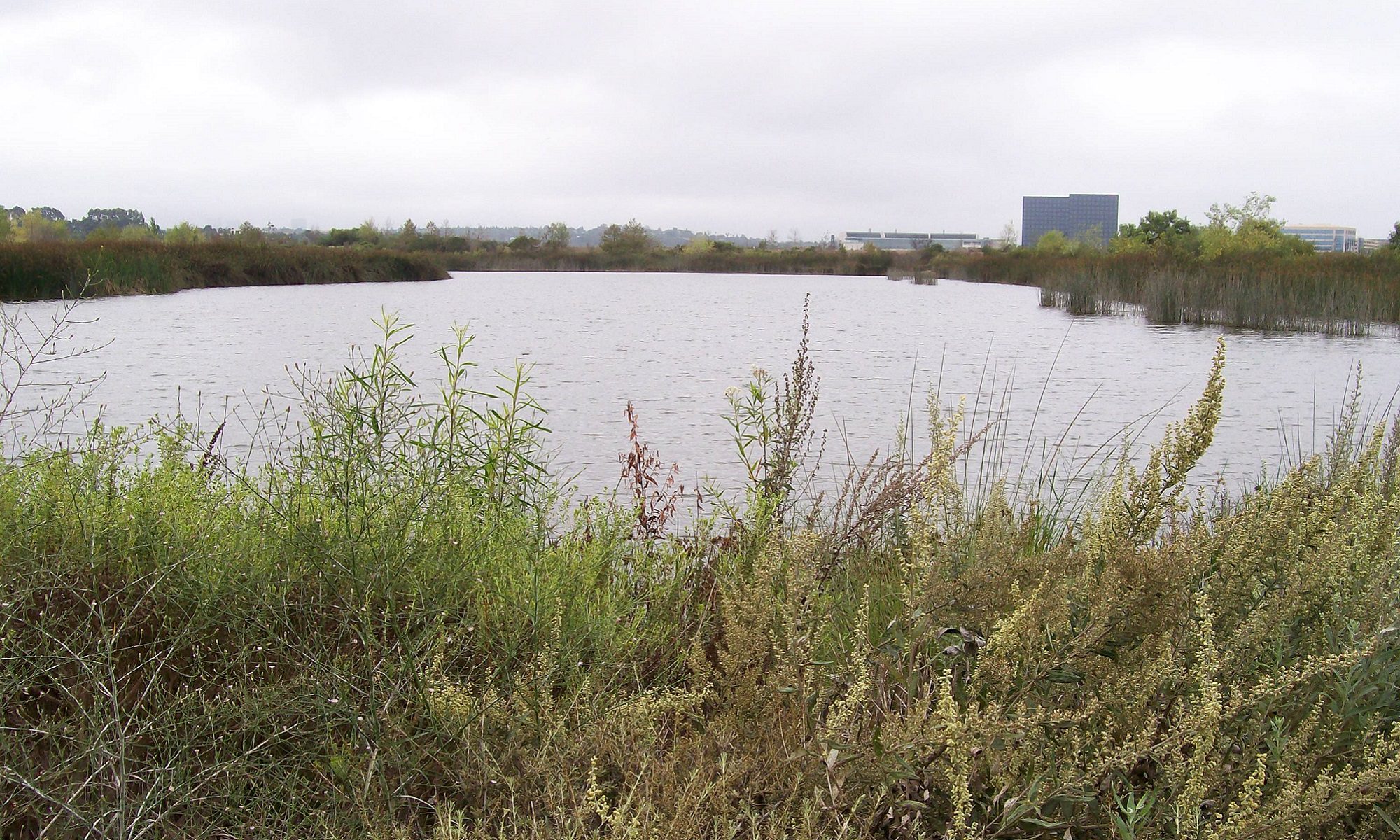






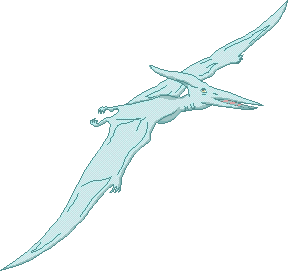
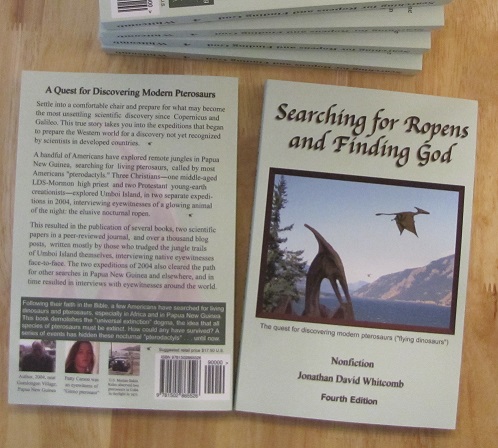
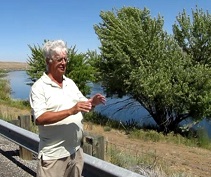
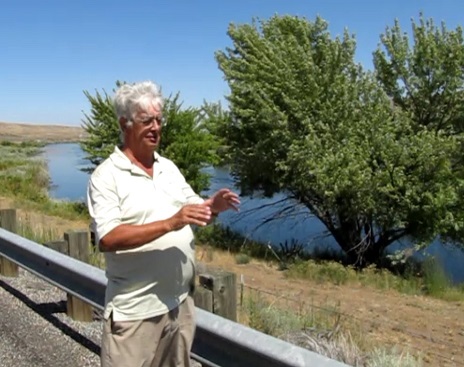 Peter Beach explains how the flying light left this tree at night
Peter Beach explains how the flying light left this tree at night